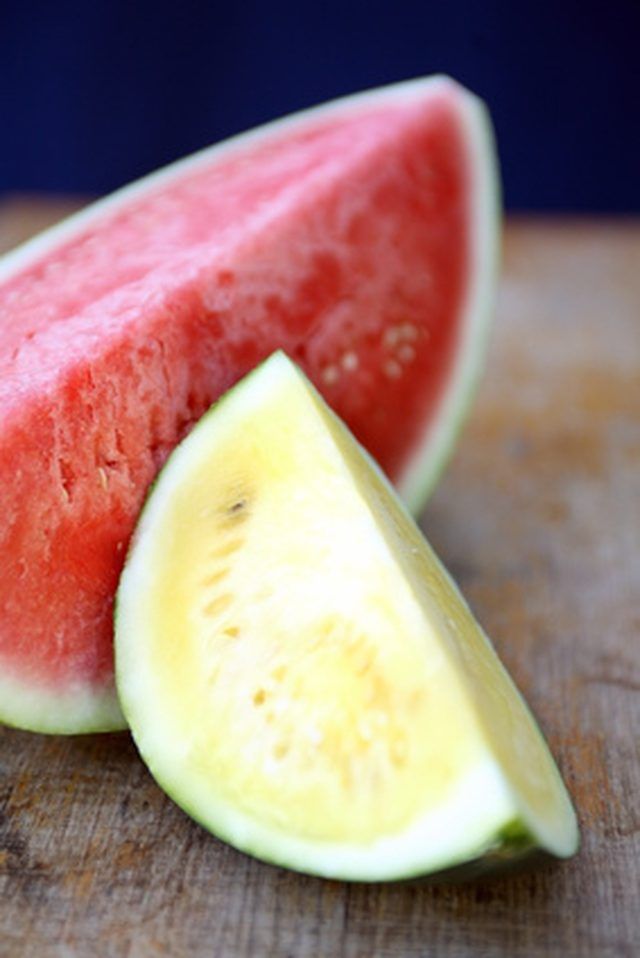Bulbs
Flower Basics
Flower Beds & Specialty Gardens
Flower Garden
Garden Furniture
Garden Gnomes
Garden Seeds
Garden Sheds
Garden Statues
Garden Tools & Supplies
Gardening Basics
Green & Organic
Groundcovers & Vines
Growing Annuals
Growing Basil
Growing Beans
Growing Berries
Growing Blueberries
Growing Cactus
Growing Corn
Growing Cotton
Growing Edibles
Growing Flowers
Growing Garlic
Growing Grapes
Growing Grass
Growing Herbs
Growing Jasmine
Growing Mint
Growing Mushrooms
Orchids
Growing Peanuts
Growing Perennials
Growing Plants
Growing Rosemary
Growing Roses
Growing Strawberries
Growing Sunflowers
Growing Thyme
Growing Tomatoes
Growing Tulips
Growing Vegetables
Herb Basics
Herb Garden
Indoor Growing
Landscaping Basics
Landscaping Patios
Landscaping Plants
Landscaping Shrubs
Landscaping Trees
Landscaping Walks & Pathways
Lawn Basics
Lawn Maintenance
Lawn Mowers
Lawn Ornaments
Lawn Planting
Lawn Tools
Outdoor Growing
Overall Landscape Planning
Pests, Weeds & Problems
Plant Basics
Rock Garden
Rose Garden
Shrubs
Soil
Specialty Gardens
Trees
Vegetable Garden
Yard Maintenance
How Is Yellow-Flesh Watermelon Made?
How Is Yellow-Flesh Watermelon Made?. There are at least 1,200 varieties of watermelon commercially produced in 96 countries. These varieties range in size, shape, taste and color. Red-fleshed watermelons are the most common but there are varieties with cream-colored, orange, pink and yellow flesh. Yellow-fleshed watermelons are not a human-made...

There are at least 1,200 varieties of watermelon commercially produced in 96 countries. These varieties range in size, shape, taste and color. Red-fleshed watermelons are the most common but there are varieties with cream-colored, orange, pink and yellow flesh. Yellow-fleshed watermelons are not a human-made mutation. The fruits occur naturally. They are one of several varieties of watermelon which are all grown in much the same way.
Types
Grocery stores and produce markets sell personal-sized watermelons. These mini melons range in size from 1 to 7 lbs. Yellow-fleshed mini varieties include yellow baby and yellow doll. These watermelons are early season watermelons and are grown in colder climates. They mature and are edible within 75 days after planting. Honey heart are larger sized yellow fleshed melons and require a longer growing season.
Seedless watermelons arise from melons which are chemically treated and cross-pollinated with other watermelons to produce sterile, hybrid, seedless varieties. Yellow-fleshed melons come in both seeded and seedless varieties. Home-growers can purchase these and other watermelon seeds through seed catalogues and retail stores.
Pollination
Both seedless and seeded watermelons are pollinated by bees. Watermelon pollen is heavy and does not transport through wind. Scientists have determined that eight bee visits are necessary to insure that pollen has transferred from the male flower to the female flower, according to the University of Missouri Extension.
Cultivation
Watermelon seeds are planted in mounds about 1 foot high which are spaced 8 to 12 feet apart. The vines become quite long and require all the space allowed them. The melons grow best in hot, humid conditions and in sandy soil.
Harvest
Some garden guides suggest you slap your watermelon with an open palm or thump the rind with your knuckles. If the resulting sound is deep and resonant, the melon is ready to be picked. If you are not fond of abusing your fruit or if you are tone deaf, then you may wish to consider more scientific methods. Observe the color of the leaves located where the vine and the melon meet. If the leaves are brown and drying, then the melon is ready to harvest. Check the bottom of the melon. If the melon's bottom is yellow, then it is ready to eat, reports the University of Illinois Extension.
Uses
Watermelon is a sweet fruit and can be served in a variety of ways. Mediterranean cultures serve watermelon with feta cheese or other salty flavors. Watermelon rind can be stir- fried or pickled. Watermelons have been used in smoothies, granitas, salsa, muffins and as decorative fruit sculpture.